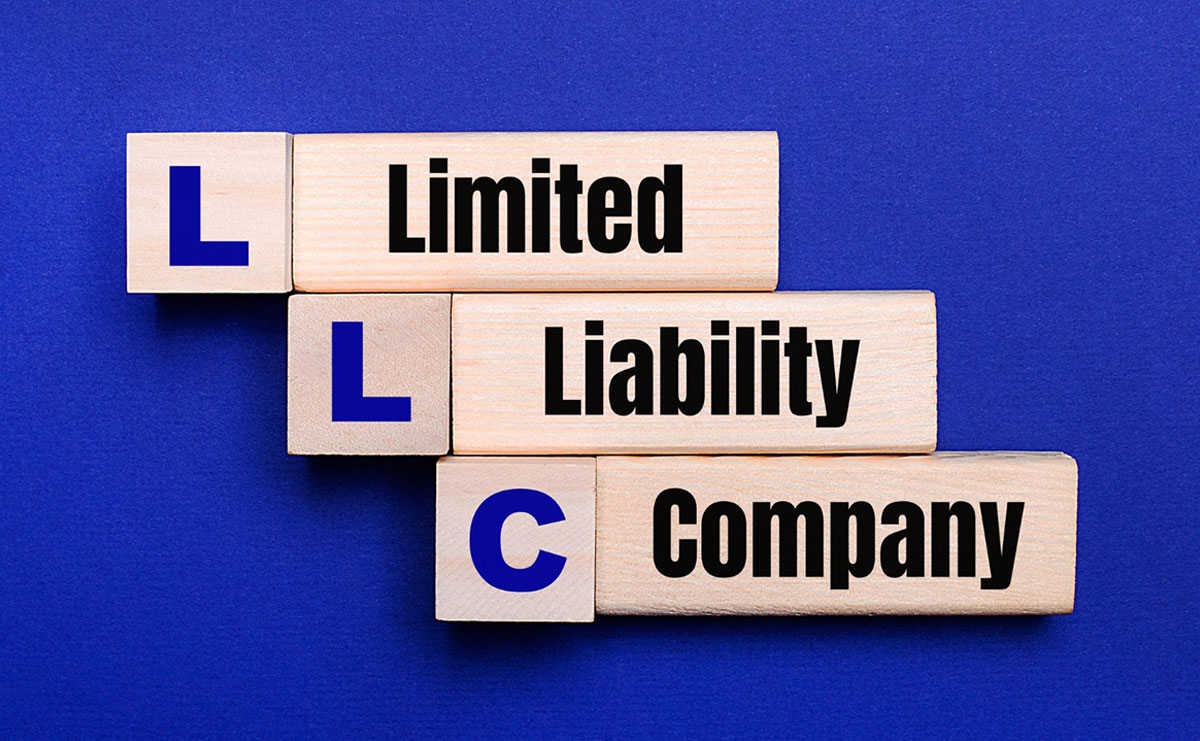Washington DC Courts | Legal Forms – Consent to Magistrate Judge
Consent to Magistrate Judge – Washington DC
Consent to Magistrate Judge is used in landlord and tenant cases within the Superior Court of the District of Columbia, Civil Division – Landlord and Tenant Branch. It is designed for parties involved in a case to consent to have their case referred to a magistrate judge. This form is essential for parties to indicate their consent to proceed with a magistrate judge in their landlord and tenant case, specifying whether the consent is for all proceedings except trials or for bench trials scheduled for the day.
This guide will help you complete this form for landlord and tenant cases in the Superior Court of the District of Columbia.
Court Information
The form is for the Superior Court of the District of Columbia, Civil Division – Landlord and Tenant Branch. The court’s address, telephone number, and website are pre-filled.
- Case Information
- Plaintiff: Enter the name of the plaintiff (the person or entity bringing the case).
- Defendant: Enter the name of the defendant (the person or entity being sued).
- Case Number: Enter your case number in the format ______ LTB __________.
- Consent Options
-
- You must choose one of the two consent options by checking the appropriate box:
- For all proceedings, except trials: If you consent to a magistrate judge handling all matters in your case except for the trial, check this box.
- For bench trials scheduled for today: If you consent to a magistrate judge handling all matters in your case, including bench trials, check this box.
- You must choose one of the two consent options by checking the appropriate box:
Signature and Information
- Signature: Sign your name on the provided line.
- Date: Enter the date you are signing the form.
- Title (if applicable): If you are signing on behalf of an organization or have a specific title, enter it here.
- Role
- Check the box that applies to you:
- □ Plaintiff/Landlord
- □ Defendant/Tenant
- Print Name: Print your full name.
- Address: Enter your mailing address.
- Bar No. (for attorneys): If you are an attorney, enter your bar number.
- Email Address: Provide your email address.
- Telephone No.: Provide your primary telephone number.
- Alternate Telephone No.: Provide an alternate telephone number if you have one.
- Check the box that applies to you:
Once completed, submit the form according to the instructions provided by the court or your legal advisor.
Disclaimer: This guide is provided for informational purposes only and is not intended as legal advice. You should consult the Residential Tenancies Act or a legal professional.




